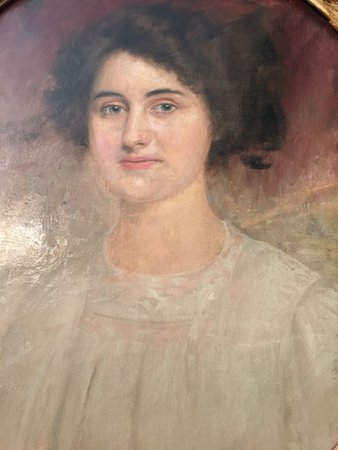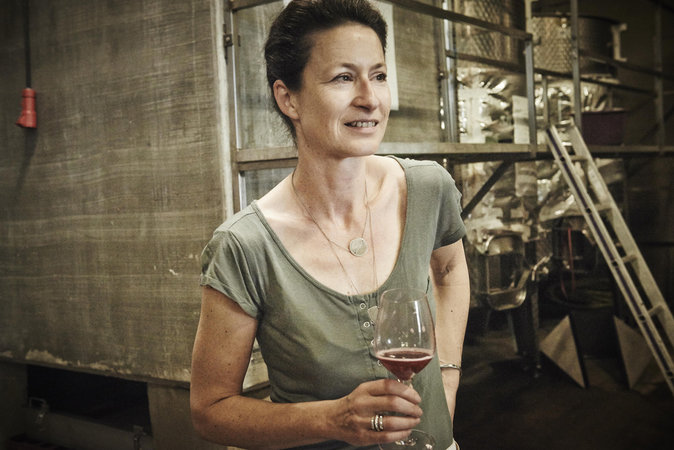Uutiset
The 2020 a very special vintage, which has been bottled, after a few logistical disorders (see our chapter about "dry products"), now unfortunately a rather common occurence whatever the sector.
With a rather high alcohol content, the wines are not at all heavy, held by a firm acidity that highlights aromas of black fruits, rather characteristic of a cold vintage!
The combination of high maturity and acidity is the dream of the Burgundian winemaker. This is a rare but not exceptional phenomenon since the vintages 1990, 1999, 2015 and to a lesser extent 2005, 2009 and 2019 can be considered to meet this characteristic. But it reached an unprecedented high in 2020.
Given their concentration, these wines will need time, including for "entry-level". While they do seduce by their aromatics, in the mouth, they exhibit some tension, which leads us to say that keeping them for some time is a better option.
The personalities of the terroirs have emerged during aging and in this powerful vintage, we find the finesse of Chambolle, the distinction of Vosne, the structure of Nuits, the complexity of Clos Vougeot and Richebourg ... Patience will be required however, as these are serious, structured wines that do not want to be taken lightly.
Paradoxically, this does not necessarily mean we'll see an aromatic closure in the bottle, given the strong acidity which should allow the freshness of the fruit to show for a long time. But evolution will be slow and certainly very profitable for these wines which will undoubtedly represent bottles of anthology in the decades to come!
Recruited by Étienne Camuzet in 1945 to work the Richebourg, Brulées and Clos Parantoux vineyards in particular, Henri was indeed the estate's inspiration for many years. When he retired, he played his part in my training, winning me over to the cause of fruity, long-keeping wines. Wines that give pleasure.
He passed away during the 2006 harvest, while we were hard at work; a fine symbol. Beyond the myth he had become, I will remember the talent of a man for his job, the convictions of an experienced taster and the passion of a craftsman.
He was a great winemaker: beyond the very seductive style of his wines, his essential contribution to the wines of Burgundy can be summed up in his capacity to marry tradition and modernity. He was able to resist the facilities which the rapid modernisation of the vineyard was making available to him at the beginning of the sixties. And yet how tempting it was; the job was hard. At the same time, there was never any question of remaining stubbornly attached to outmoded techniques: modern winemaking methods gave him the opportunity to display his inventiveness and his sensitivity.
Henri was one of the few people to keep the Burgundy flag flying high in a period of some decline, and more important still, he was able to pass on his vision to the younger generation. Today, we all owe him a great deal.



